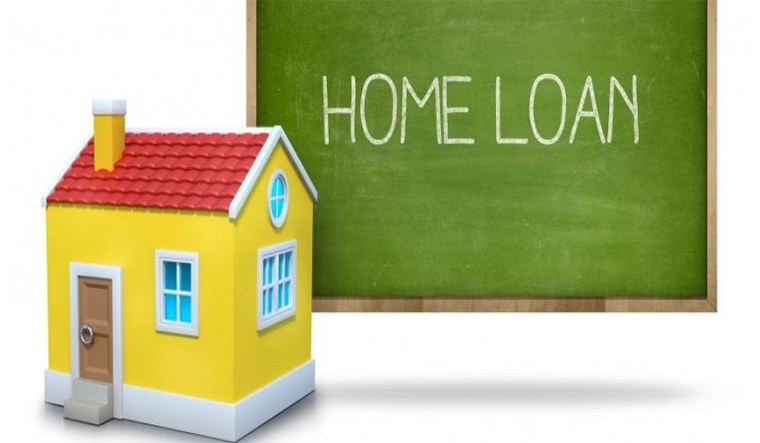Lending as well as deposit rates, which have been rising in the past few months, in the wake of the Reserve Bank of India tightening its monetary policy, are likely to go up further, with the central bank pushing the policy repo rate up yet again as taming inflation continues to take centrestage.
On Wednesday, the RBI raised the rate at which it lends commercial banks by 35 basis points (0.35 per cent) to 6.25 per cent. In the previous three monetary policy committee meetings, the repo rate had been raised by 50 bps each time. It was widely expected that with inflation showing early signs of easing, including the RBI, would moderate the pace of tightening. To that effect, RBI’s policy announcement was on expected lines.
What, perhaps, some analysts didn’t expect was the continued stand on “withdrawal of accommodation.” The RBI Governor further stated in his assessment that retail inflation was likely to trend above the 4 per cent target over the next twelve months. In fact, its projected at 5 per cent in April-June and 5.4 per cent in the July-September quarter of next financial year.
Later in the post-policy media conference, deputy governor Michael Patra also stressed on the need to be watchful on inflation, even though he suggested that there may not be consecutive 50 bps rate hikes going ahead.
“We have moderated the size of the policy rate increase that is a fundamental guidance we are giving to the market. If things pan out as we have projected, then days of 50 bps consecutive increases are over. But we cannot take shoe off the brake because inflation is still averaging 5 per cent to 5.4 per cent next year,” said Patra.
All this perhaps suggests that interest rates are likely to remain higher for longer.
“The quantum of the rate hike was on expected lines. However, the tone of the meeting was slightly hawkish than what the markets were expecting. The governor emphasized on containing second-round effects of inflation and inflation expectations. We expect another 25 bps rate hike in the next MPC meeting, provided no upside risks to global inflation materialise,” said Ritika Chhabra, economist and quant analyst at stock broker Prabhudas Lilladher.
Lakshmi Iyer, CEO- Investment Advisory, Kotak Investment Advisors, also feels “we may not be fully done with the rate hiking cycle.” The outcome of the Federal Open Market Committee meeting of the Federal Reserve next week will be key thing to track now, said Iyer.
Dharmakirti Joshi, chief economist at CRISIL also said that while the expected moderation in the pace of tightening has happened, the “inflation battle is far from over.”
“Between now and next policy, RBI will closely monitor the impact of its previous rate hikes on domestic demand/ core inflation, as well as the actions of systemically important central banks such as the US Federal Reserve. That said, expect the RBI to strike if elevated inflation prolongs,” he said.
Governor Das in his statement talked of having an “Arjuna’s eye” on evolving inflation dynamics. It highlights the intent to bring down inflation sustainably below 6 per cent.
“This opens up the possibility of a further round of rate hike in February 2023 and a potential terminal rate of 6.5 per cent by the beginning of 2023-24 financial year,” opined Suman Chowdhury, chief analytical officer at Acuite Ratings and Research.
The rise in repo rate will translate into higher lending rates. Borrowers, who have mortgage loans linked to the repo could see their interest rates going up sooner than others.
Pass through of interest rates to customers has been in an issue in the past.
The pace of transmission of monetary policy actions in lending as well as deposit rates has quickened since May, pointed out Das.
The weighted average lending rates on fresh and outstanding rupee loans have increased by 117 bps and 63 bps, respectively, during the period May to October 2022. The weighted average domestic term deposit rate on fresh and outstanding deposits increased by 150 bps and 46 bps, respectively, during the same period.
With the credit growth in strong double digits for eight months now, banks will look to increase deposit rates further too, to attract low-cost savings.
Chowdhury of Acuite says bank deposit rates could go up 50-100 bps over the next two quarters, given the continuing momentum in credit growth.
“The policy tone today was cautious and data dependent, dashing hopes from some segments of the markets that we are probably near the end of the cycle,” said Madhavi Arora, lead economist at Emkay Global Financial Services.
With the real rate of interest (interest rate adjusted to inflation) still below 1 per cent, there is perhaps space for another “shallow” rate hike of 25 bps to reach a neutral rate, said Arora.
Federal Bank CFO Venkatraman Venkateswaran also feels with inflation remaining “sticky,” “further calibrated actions are likely by the central bank.”
Abheek Barua, chief economist at HDFC Bank sees the terminal rate rising to around 6.50-6.75 per cent.
“When a central bank combines its sanguine view on growth with continued concerns on inflation – particularly the persistence in core inflation – it suggests that it is prepared to continue its fight against inflation and has the space and willingness to raise rates further,” said Barua.




